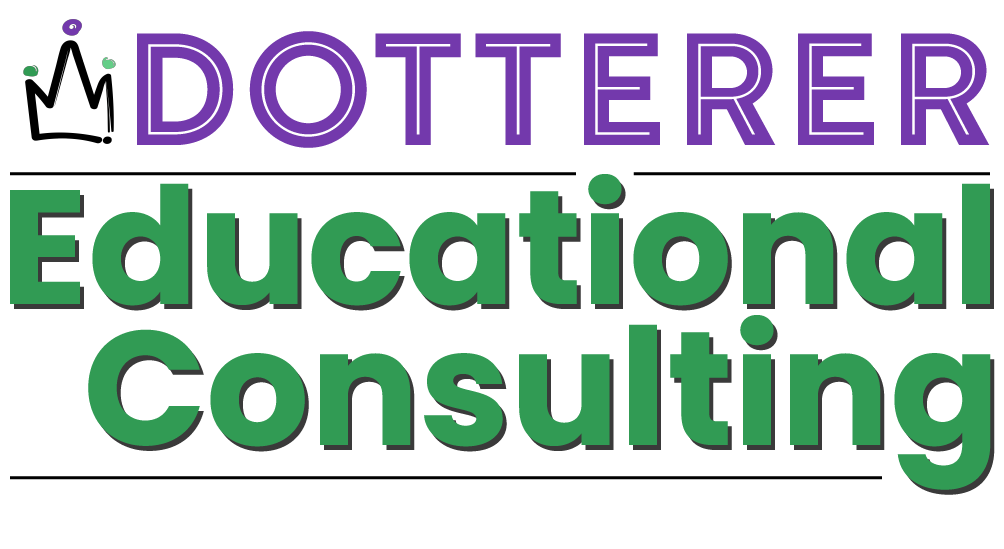Last post, I discussed Processing Speed. It is one of the key components of written expression. The other component is Working Memory. According to the American Psychological Association (APA), working memory is the phonological loop for temporarily manipulating and storing speech-based information.
Reflecting on the story of Brian and Tanisha, Brian has a Standard Score of 80 for working memory. What does that look like in the classroom? A standard score of 80 is outside one standard deviation (85-115). Therefore, this score is below average. A score of 70 indicates an intellectual disability. This score means that Brian manipulates the auditory conversation provided by his environment slower than his peers.
Auditory distractions such as the heater or air conditioning fan may prevent him from hearing the teacher adequately. Other competing noises can be a barrier to learning. These noises could be another student coughing or sneezing, tapping a pencil or their foot, or the sound of someone walking in the hallway. These distractions interfere with working memory processing. In addition to possible auditory distractions, his hormones can interfere with the educational process.
The brain prefers working in its “comfort zone” or on autopilot. Once neural pathways are created and solidified, the brain uses these pathways. As a result, it consumes 20% more energy while creating new pathways. However, it loves to problem solve.
Converting the processing speed and working memory to the modes of problem-solving increases learning and productivity. Problem-solving is improved through flow states. This four-stage cycle must be achieved for students to fully engage in the classroom or achieve optimal performance (Kotler, 2021).
Stage one – Struggle
It is at this stage that frustration is the prominent emotion. Our brain is overloaded. The prefrontal cortex is hyperactive and trying feverously to solve the problem. Kotler (2021, p. 258) says, “flow is built around automatic processing.” In this stage, the fight-flight-fright response drives the student’s behavior.
Stage Two – Release
During the release, our brains want to relax a bit. In this phase, our brain does not want to problem-solve. Executive function disengages. This stage requires low-impact exercise.
Stage Three – Flow
Your brain is ready for optimal performance. It is synchronized and ready to learn, write, speak, or become highly focused on the task needing to be accomplished. This state lasts 20-40 minutes.
Stage Four – Recovery
At this stage, the brain needs to replenish its glucose levels. Healthy nutrition, sunlight, water, and exercise are the tools our brain uses to replenish glucose.
Brian must enter a state of flow to maximize his learning. In this scenario, he is avoiding the task. He is somewhere between stages one and two, depending on how much the adolescent hormones are blocking the frustration. For working memory to be useful, a flow state is required.
How can we as educators going to change this scenario?
Novelty. Asking questions. Leaving the questions hanging.
His teacher could create a novel situation by changing the lighting in the room. Turn off those fluorescent lights and use floor lamps throughout the room.
Ask Brain for his perspective. What does he see? What does he understand? What questions can he come up with to understand the content?
By all means, don’t always answer the questions for him. Leaving questions hanging without answers triggers stage one. Even if it takes Brain three-four more days to answer them, let his brain work through it.
My friend, Jonily Zupancic, uses this sentence whenever she speaks.
Give students experiences over time.
She uses a four-step to understand math. She instructs math teachers about achieving optimal math performance at her monthly Saturday Math events. As an occupational therapist, I have discovered how I can support students in math classes no matter their age. Her last event for this school year will be in May. Follow her on Eventbrite. The app will let you know when releases registration.
Want to learn more about Flow and working memory?
Sign up for the Dotterer Dysgraphia Webinar.
Kotler, S. (2021). The art of impossible. Harper Collins: Sydney, Australia.

